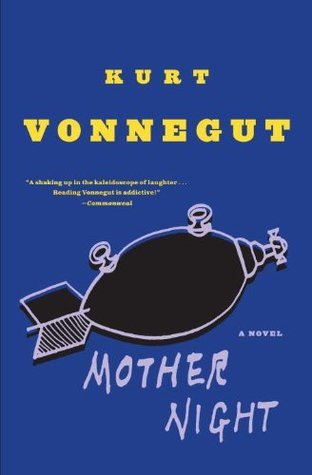Chapter 20: “Hang Women for the Hangman of Berlin …”
byChapter 20 begins with the narrator’s unsettling discovery regarding the circumstances surrounding his father-in-law, Werner Noth’s death. The year is either 1958 or 1959, and the scene unfolds in a Greenwich Village barber shop, where the narrator finds himself flipping through a girly magazine. The magazine’s cover boasts an article titled “Hang-women for the Hangman of Berlin,” which immediately captures his attention due to its sensationalism. Expecting little more than the usual trashy content, the narrator is taken aback when he realizes the article connects directly to his father-in-law. At first, he doesn’t make the connection between Noth and the article, but curiosity compels him to read on, and he soon finds himself drawn into the dark and tragic truth that has remained hidden for so long.
The photograph accompanying the article is a striking and disturbing one, showing Noth hanged from an apple tree. Despite the gruesome nature of the image, the narrator’s mind focuses not only on the disturbing content but on the discrepancies between what is portrayed in the article and the magazine’s initial sensationalized promise. He notes that the women promised to be glamorous, as advertised on the cover, are nowhere to be found in the actual photograph. Instead, the women shown are replaced by scrawny men, making the cover’s promise seem completely out of place. As he continues to examine the photograph, he suddenly recognizes the decaying building in the background as Noth’s former home. This realization hits him hard, bringing forth a wave of memories of his wife, Helga, and her childhood, connecting him deeply to a painful past that he has spent years trying to forget.
The article itself is written by Ian Westlake, a former prisoner of war who offers an in-depth and sobering account of Noth’s execution at the hands of former slave laborers after the war’s end. Unlike the monstrous portrayal one might expect, Westlake frames Noth as a man caught in the turmoil of his role as a city police chief during a time of chaos, struggling to maintain order amidst the ruins of a war-torn society. Westlake highlights Noth’s primary flaw—his involvement in a corrupt judicial system that subjected prisoners to inhumane conditions. This revelation is key to understanding Noth’s fate, as it sheds light on the reality that his execution was not only a retribution for his role in that system but also a way for the executioners to reclaim a sense of power. The irony is that these individuals, responsible for carrying out the execution, had little understanding of Noth’s true role and the extent to which he was also a victim of the system he was part of. Westlake’s depiction invites the reader to rethink concepts of guilt, complicity, and justice in the aftermath of a war that turned the world upside down.
The narration continues with a vivid description of the brutality that defined Noth’s death, emphasizing the repeated hangings that stripped him of any remaining dignity. These acts are portrayed not just as punishment, but as public statements made by those in power, showing that Noth’s execution was meant to serve as a reminder of authority in a world where chaos reigned. This loss of dignity is not just physical but symbolic, marking the total disintegration of the man Noth once was. The execution, thus, is presented as an assertion of power, not just over Noth but over the idea of justice itself in a post-war world where power dynamics were rapidly shifting. As the chapter draws to a close, the narrator reflects on the discomfort that arises from the stark contrast between the serious, painful account of Noth’s death and the superficial portrayal of it in the magazine. This juxtaposition of the gruesome realities of human suffering and the trivial, often sensationalized way in which such events are presented in the media serves as a critique of the commodification of history and pain. It forces the reader to confront how history, particularly human suffering, can be turned into a commodity for entertainment or shock value, thereby stripping it of its true emotional weight and significance.
In this reflection, the chapter also highlights the broader implications of how such significant events are remembered or forgotten in public discourse. The narrator’s discomfort with the magazine’s superficial portrayal of Noth’s death underscores a larger societal issue, one in which the tragedies of the past are often reduced to mere spectacle. By presenting such a personal and tragic moment in this way, the magazine commodifies human suffering, distorting it into something far less meaningful than it should be. The narrator’s personal connection to Noth’s death, coupled with the realization that this tragic event is being exploited for cheap entertainment, deepens his sense of disillusionment and prompts a critical examination of how the media shapes our perceptions of history. This exploration of the tension between historical truth and media representation serves as a poignant reminder of the importance of remembering the true weight of history, not as a spectacle, but as a series of real, lived experiences that deserve respect and understanding.

